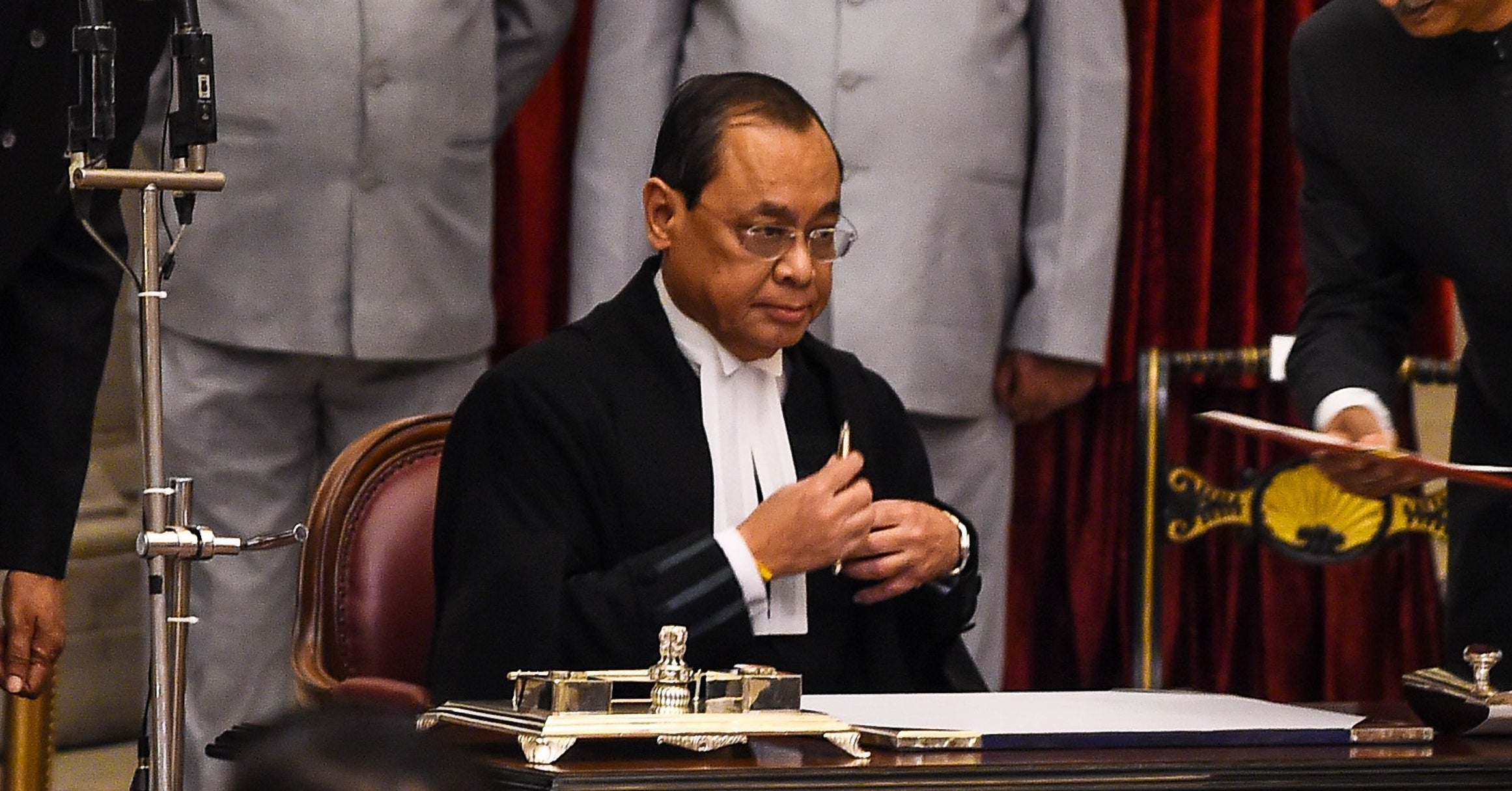Judges are asked to expose their assets, in every country. Why isn’t it the same for India?

Judges are asked to expose their assets, in every country, so why isn’t it the same for India?
Morality is one thing, and law is another. There is no law above morality. It is ethical to expose one’s assets and liabilities if one works for the government and receives government funds.
India is a democracy. What is the status of India as a ‘mature’ democracy? Most people in India would answer yes to this question because ‘Sabhas’ and ‘Committees’ have existed for thousands of years.
There may be differences in ideas, about what ‘mature’ means to different people. India is a ‘mature’ democracy, according to AK Ganguly, a former Supreme Court judge. According to JB Pardiwala, Indian democracy is not fully mature.
How mature are you? This question is immature, since people, even judge, can have differing opinions. Maturity defined, has an important distinction. Transparency is what it is. Moreover, in a democracy, the information citizens receive should be transparent.
Public servants are needed to expose their investments and liabilities to protect the public. This is needed for MPs and ministers (not MLAs).
The bureaucracy (All India Services) does this. According to Lokpal and Lokayukta Act (2013), there are provisions for this.

Public servants who receive public money should expose their assets and liabilities if they receive money from the public treasury. Why should one hesitate to expose if there is nothing to hide?
Does the judiciary receive public funds? The question shouldn’t arise at all. As part of the Prevention of Corruption Act, judges are considered ‘public servants’. It is ethical to expose property voluntarily, while it is legal to do so.
Parliament introduced a bill in 2009 requiring judges to expose assets. Supreme Court, High Court, and Subordinate Court Judges’ Declaration of Assets and Liabilities Bill, 2009
Judges should expose assets, according to the Chief Information Commissioner (CIC) in 2009. The Supreme Court and the High Court eclipsed it in ensuing court cases. The Right to Information Act exempts judges from disclosing their assets. CIC and Bill both failed. Consider these mentioned arguments.
According to the Constitution, judges are special. They cannot be held accountable or transparent. The argument is unlikely to be taken seriously by anyone outside the judiciary.

We will collect assets and liabilities information, but it will be confidential. Asset and liability disclosure will be voluntary. Mandating it is not possible.
As our democracy has not matured, we will wrap up with points two and three.
Supreme Court justices needed to expose their assets with a resolution passed in 1997. The same is not true for all High Court judges, but some will.
There was no time for this, which was special. After being sworn in, the disclosure will suffice. As the judge sees fit, that is according to his or her discretion. Thereafter, the order for the disclosure of assets does not need to be updated. There will only be an update if there is a lot of movement surrounding the property. Another Supreme Court resolution was passed in 2009. Property disclosure became voluntary under the act. The Supreme Court resolution of 2009 is followed by the High Courts.
Most judges would prefer to avoid voluntary disclosure since the information provided will be public.
What has been the effectiveness of voluntary disclosures? Arun Mishra, NV Raman, AM Khanwilkar, and Ashok Bhushan are the only judges whose properties are on display on the Supreme Court’s website as of July 13. There are already two retirees in them. It still means that only 4 judges out of 32 disclosed, i.e. 12.5 percent out of 32. We are mature if we do not have to expose assets under the law.

The Supreme Court is not the only thing we should discuss. The country has 25 High Courts. The Supreme Court may not be doing so in this respect. But I’m so lucky.
Seven High Court judges have uncovered their assets and liabilities, but most have not. In these seven high courts, different percentages of judges submitted property statements.
Only three high courts will be subject to its jurisdiction if 75 percent of judges expose their assets. High Courts in Punjab, Haryana, Kerala, and Himachal occupy these three positions.
There are only 17 judges who have been uncovered from the high-profile Delhi High Court, hardly even half.
The disclosure process came even later due to the notion of “reasonable time.”. Recent additions to judges will not be contested. The judges retiring have had a bad record.
The World Bank and UNODC (United Nations Office on Drugs and Crime) published a report titled ‘Getting Full Picture on Public Officials’ in 2017.
Approximately a decade ago, rules requiring judicial officers to expose their assets, interests, and activities would have been respected with suspicion for the sake of judicial integrity.
- The assets and interests of judges and judicial officers are compulsory in more than half of the 161 countries investigated.
- Judges on the Supreme Court make up 60 percent of the total.
- Judges and judicial officers need to expose their property in 56 percent of those 161 countries.
The assets and liabilities of half the world’s judges are therefore uncovered. This half of the world does not include India.





